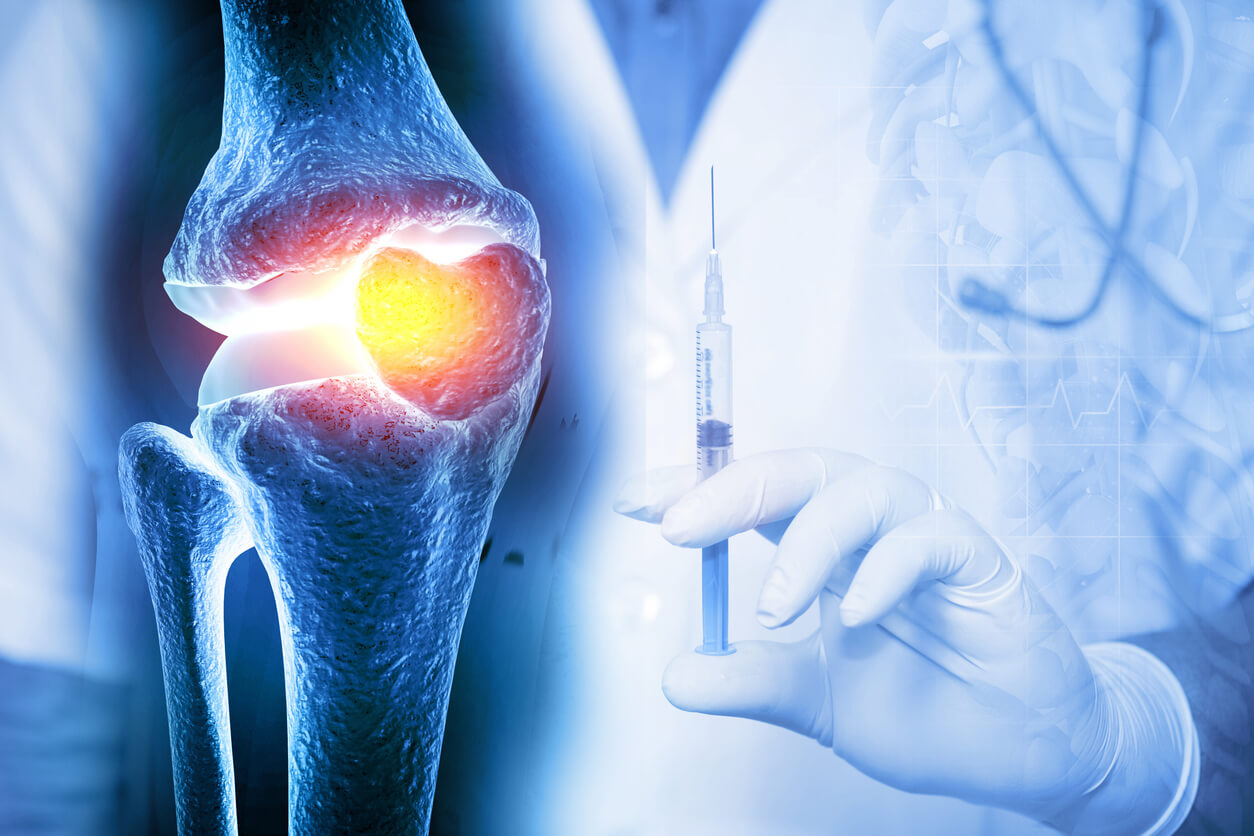
In recent years, the field of orthopedics has seen significant advancements in treating musculoskeletal conditions. Platelet-rich plasma (PRP) therapy before surgery has emerged as an innovative solution, offering hope for patients and healthcare providers.
As orthopedic surgeons aim to improve patient outcomes, the recommendation of PRP therapy before surgery is increasingly common. Let’s explore the rationale behind this practice.
The Science Behind PRP Therapy
PRP therapy is centered on utilizing the body’s natural healing powers. By isolating platelets from the patient’s own blood and injecting them into the affected area, PRP therapy expedites the body’s inherent healing process. Platelets contain vital growth factors crucial for:
- Tissue regeneration
- Inflammation reduction
- Healing promotion
This positions PRP as a valuable treatment option for various orthopedic conditions like tendon injuries, ligament sprains, muscle strains, and joint degeneration.
Enhancing Surgical Success
One of the primary reasons orthopedic surgeons recommend PRP therapy before surgery is its potential to enhance surgical outcomes.
PRP therapy can improve healing and reduce the risk of complications when used in conjunction with surgical procedures.
For instance, in the case of Achilles tendon repairs or knee osteoarthritis, integrating PRP therapy has been shown to support more robust and quicker recovery.
This optimizes the overall success of the surgical intervention.
Minimizing Recovery Time
The postoperative period is a critical phase during which the body undergoes healing and rehabilitation. PRP therapy can significantly shorten the recovery timeline by promoting efficient tissue repair.
Patients who receive PRP therapy before surgery often experience reduced pain, swelling, and inflammation, facilitating a smoother and faster return to normal activities.
This aspect of PRP therapy improves patient satisfaction and lessens the burden on healthcare resources.
A Conservative Approach
In some cases, PRP therapy administered before contemplating surgery may provide sufficient relief and functional improvement.
This can potentially remove the need for surgical intervention altogether.
This conservative approach aligns with the patient-centered philosophy of minimizing invasive procedures whenever possible.
By exploring PRP therapy as a first-line treatment, orthopedic surgeons demonstrate a commitment to offering alternatives that prioritize patient safety, comfort, and overall well-being.
Patient-Specific Considerations
The decision to recommend PRP therapy is made with careful consideration of each patient’s unique situation. The following factors play a critical role:
- The type and severity of the condition
- Previous treatments and their outcomes
- The patient’s overall health and lifestyle
Orthopedic surgeons, leveraging their expertise and understanding, work closely with patients to determine the most appropriate and effective treatment plan.
This ensures that it aligns with their goals and preferences.
Before Your PRP Therapy Before Surgery Session
Here is what you need to know to prepare for PRP therapy effectively.
Medical Evaluation
A comprehensive medical evaluation by your healthcare provider is crucial to determine if PRP therapy is suitable for your condition. This assessment may include:
- A review of your medical history
- Physical examination
- Possibly imaging studies to understand the extent of your injury or condition
Medication Review
Certain medications, especially anti-inflammatory drugs, can affect the effectiveness of PRP therapy.
Your healthcare provider may advise you to discontinue these medications temporarily before your treatment to optimize the healing response.
Stay Hydrated
Adequate hydration is essential before undergoing PRP therapy. Being well-hydrated ensures that your blood is easily accessible for the PRP preparation process and supports overall health.
Eat a Healthy Meal
Eating a healthy meal before your session can help maintain your comfort and energy levels during and after the procedure.
Avoid consuming alcohol or excessive caffeine before your treatment.
During Your PRP Therapy Before Surgery Session
This is what you can expect to happen during your PRP therapy appointment:
Blood Collection
The first step in PRP therapy involves drawing a small amount of your blood, similar to a routine blood test. This process is typically quick and causes minimal discomfort.
Preparation of PRP
Your blood sample is then processed in a centrifuge to concentrate the platelets and growth factors, creating the platelet-rich plasma used for your treatment.
The Injection
After preparing the PRP, your healthcare provider will inject it directly into the affected area.
While the injection may cause mild discomfort, the procedure is generally well-tolerated, and measures are taken to minimize pain.
Duration
The entire office procedure, from blood draw to PRP injection, should take approximately 40 minutes.
This time frame allows for a careful and precise approach to your treatment, ensuring optimal outcomes.
The Best Orthopedic Surgeon Near Me in Austin, TX
If you are in search of a highly trained and skilled orthopedic doctor, look no further than All-Star Orthopedics of Austin.
Our sports medicine doctor can provide a comprehensive range of treatments, including surgical and non-surgical treatments for injuries of athletes and non-athletes. Our orthopedic doctors also specialize in sports medicine and have also built an excellent reputation for providing joint replacement surgeries and joint reconstruction surgeries.
To schedule a consultation with our sports medicine doctor, call us today at (512) 346-4933 or fill out our online appointment request form.
We look forward to serving you!





